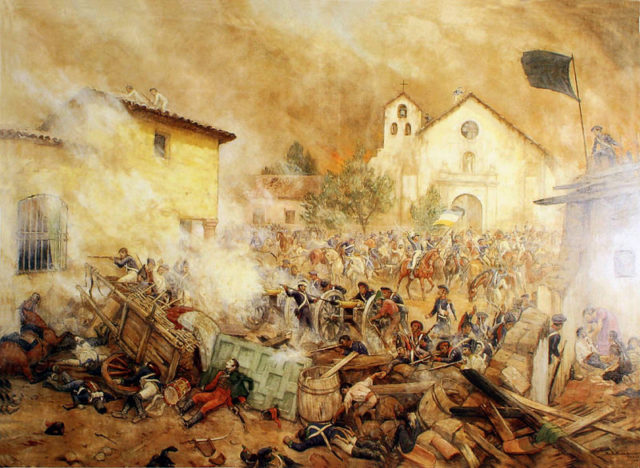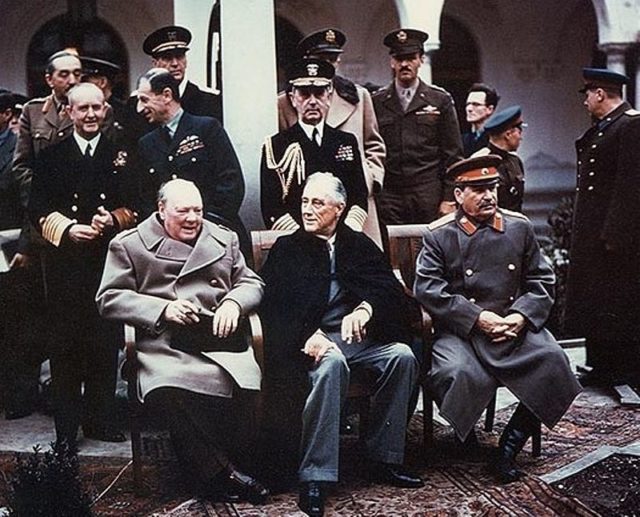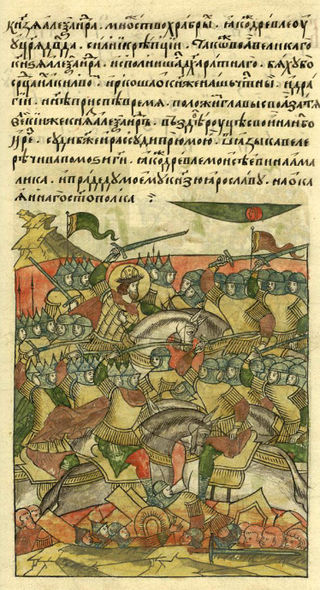Although military strategy is usually pretty conventional, based heavily on the tried and tested methods of the past, a combination of fear and quick thinking has led in some cases to some pretty outrageous strategies. Often, these strange tactics might seem as though they would condemn those using them to defeat, but were often surprisingly effective.
The Cat Army

Many animals have been used throughout the history of human combat, but hardly ever do we get to see animals used in as classy a manner as Cambyses II of Persia did with his cats. The cat was held in very high regard in ancient Egyptian culture, almost to the point of worship, and during the Battle of Pelusium in 525 BC, the Persians sought to exploit this.
Cambyses directed his men to decorate their armor with images of felines, and he arranged hundreds of real cats throughout his front lines. The Egyptian archers refused to shoot their arrows into masses of cats, being terrified that they would wound the animals – a crime in Egypt that was punishable by death.
The Spartan Sikhs

The Sikh people are not often associated with violence. However, in their long history, they have been involved in several major armed conflicts. In one instance, 48 Sikhs held out against an army of 100,000 men.
In the 16th century, the Sikhs were on the run – ever since the invading Mughal Empire captured the city of Anandpur Sahib. The soldiers found shelter in the form of a small fort but were soon set upon by the Mughal forces, who had enclosed them. For many, this situation would call for immediate surrender, before the horde came knocking at the gates. But the Sikhs decided to mount a desperate resistance against overwhelming odds to buy enough time for their Guru – an extremely important spiritual leader – to escape. All of the defenders were killed, but not before inflicting a terrible toll on the Mughal army. Most importantly, the Guru successfully evaded the Mughal forces, thanks to the sacrifice of his loyal followers.
The Siege within a Siege

At the climax of the Gallic wars in the first century BC, Julius Ceaser managed to trap his arch-nemesis Vercingetorix in the fortified settlement of Alesia. The 120,000 strong Roman army laid siege to the settlement, which was defended by 80,000 men from dozens of different Gallic tribes, all of which were united against Rome.
The siege was going well, but word soon reached Caesar that a relief army of 120,000 Gallic and Germanic warriors was marching swiftly to Vercingetorix’s aid. Faced with the prospect of being surrounded and vastly outnumbered by two hostile armies, most commanders would have chosen to retreat. Not Caesar, however. Instead, he ordered his men to build a second set of walls around his army, while continuing to besiege his foe. In the following weeks, Caesar commanded both the Seige of Alesia and the defense of his own fortifications.
After weeks of brutal siege warfare, a stunning cavalry maneuver by the Romans broke the Gallic relief force, which led Vercingetorix to surrender to Caesar.
The Christian Burial

Ever heard the legend of the Trojan Horse? It seems that the Viking chieftain Hastein did. In 860 A.D. he and his raiding party were in Italy seeking their fortune. Not one to go by half-measures, Hastein decided to sack the city of Rome itself and came up with a cunning plan to get past the city’s formidable defenses.
Hastein had his men carry him to the gate and tell the guards that he was dying and that he wished to convert to Christianity and repent before it was too late. The plan worked perfectly; the guards let the Vikings inside the city where they began killing and looting everything in sight. There was just one small problem. Hastein had got the wrong city: he was not in Rome, but the city of Luna.
Waiting Patiently

Richard the Lionheart confronted the army of Saladin at Arsuf in 1191. He was outnumbered by a large force which included many mounted troops. A frontal assault would be recklessness, so as an alternative, Richard built a protective perimeter with his back to the river, and patiently waited for Saladin to come to him.
Richard’s plan was to wait for Saladin’s men to get impatient and break ranks, and after hours of continuous missile attacks, he was given his chance. Saladin ordered his men to dismount their horses so that they could fire their bows better, and they began to advance on the Crusaders’ location. Upon sighting this, Richard ordered his heavy cavalry to charge, destroying the unmounted enemy and routing the Saracen army.
The Enemy of My Enemy

May 5, 1945, saw one of the strangest fights of World War II. Only three days before the official surrender of Germany, Major Josef Gangl and his nine men laid down their arms and handed Castle Itter and its French inmates to a squad of 14 US soldiers.
When the Americans came to evacuate the prisoners, they were engaged by remnants of the 17th SS Grenadier Division, who had to be ordered to execute the inmates. Gangl, understanding that the prison would be overwhelmed before assistance arrived, offered his aid to the Americans. During that morning, Americans and Germans fought side by sid, the only recorded instance of this happening in the war. After a long battle, an American relief force arrived and forced the SS to flee. Gangl was killed by a sniper during the fighting. It should be noted that giving automatic firearms to prisoners of war is only advisable in extreme situations.
The Battle on the Ice

If there’s one thing history has taught us, it’s that if you attack Russia during the winter, you’re gonna have a bad time. The Teutonic Knights weren’t an exception to this rule.
The Knights were more heavily armed than the Russians, with full plate mail and armored horses. The Russians would have been easily beaten in a straight fight, so they withdrew over the frozen Lake Peipus and then turned around to fight, hoping that the lake would slow their enemy down. The Knights followed them, not realizing that the ice would be incapable of holding their weight. According to the chronicles, the Teutonic army fell into chaos, skidding and slipping through the ice while fighting the Russian infantry. Eventually, a hail of arrows led to the complete retreat of the Teutonic Knights.
